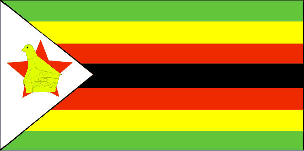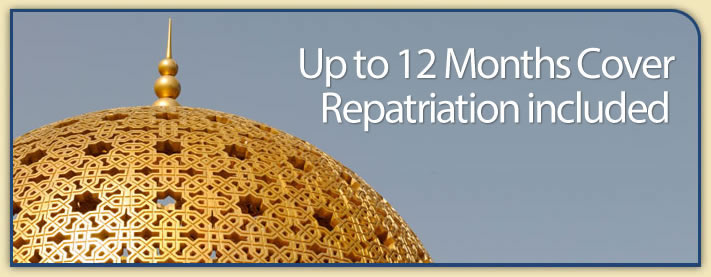Country Guide • Zimbabwe

Zimbabwe is a landlocked country located in South Central Africa. It is bound by South Africa to the south, Botswana to the south west, Zambia to the north west and Mozambique to the north east, east and south east
| Official Name | Republic of Zimbabwe |
|---|---|
| Area | 390,600km² (150,812mile²) |
| Population | 12,576,742 |
| Continent | Africa |
| Population per mile² | 83 |
| Capital City | Harare |
| Religions | Syncretic (part Christian, part indigenous beliefs) 50%, Christian 25%, indigenous beliefs 24%, Muslim and other 1% |
| Language | English (official), Shona, Sindebele (the language of the Ndebele, sometimes called Ndebele), numerous but minor tribal dialects |
| Government | Parliamentary Democracy |
| Currency | Zimbabwean Dollar |
| GDP | $27 billion |
| GDP per Head | $2,400 |
| Natural Resources | Coal, chromium ore, asbestos, gold, nickel, copper, iron ore, vanadium, lithium, tin, platinum group metals |
| Land Use | Arable Land 8.4% |
| Agriculture | Corn, cotton, tobacco, wheat, coffee, sugarcane, peanuts; cattle, sheep, goats, pigs |
| Industry | Mining (coal, gold, copper, nickel, tin, clay, numerous metallic and nonmetallic ores), steel, wood products, cement, chemicals, fertilizer, clothing and footwear, foodstuffs, beverages |
| Tourism | Zimbabwe shares the Victoria Falls with Zambia and like Zambia also has some magnificent wildlife preserves. For the historian there are the medieval ruins of Great Zimbabwe, and for the more cosmopolitan the bustling and busy city of Harare. The British and Foreign Commonwealth Office advise all visitors to Zimbabwe to exercise caution and to seek up-to-date local advice, preferably from their tour or travel operator or family contacts, about all places they are likely to visit. The main tourist areas have been largely unaffected by political and social unrest. We recommend that you only travel with organised tour operators to well established destinations. |
| Natural Hazards | Recurring droughts; floods and severe storms are rare |
| Health Risks | Bilharzia, cholera, malaria, rabies, yellow fever |
| Climate | Zimbabwe has a sub-tropical climate that is influenced by altitude. There are four distinct seasons. (1.) A warm wet season from November to March. (2.) A transitional season from April to May. (3.) A cool dry winter season from May to August and (4.) a warm dry season from August to October. Rainfall is highest on the High Veld with an average annual precipitation of up to 1,020 mm (40 inches) while the Middle Veld receives 410 mm to 610 mm (16 to 24 inches) and the Low Veld receives less than 400 mm (12 inches). Average temperature ranges in Harare (Salisbury) are from 7 to 21°C (45 to 70°F) in June or July to 16 to 27°C (61 to 81°F) in November |
| Time | GMT/UTC+2 hours |
| National Days | April 18 - Independence Day |
| Visas | British passport holders and most other foreign nationals require visas to enter Zimbabwe. These can be obtained from Zimbabwean diplomatic missions abroad, or on arrival at the port of entry into Zimbabwe. The current charge for a single entry visa issued on arrival in Zimbabwe is £35.00 or 55 US Dollars. Visitors are currently being given entry permission for thirty days. Visitors may apply to have this period renewed and extended if required. We therefore recommend that all those considering visiting Zimbabwe should first check current entry requirements with the Zimbabwe High Commission |
| British Embassy | Embassy Details |
Information Only
The content above is for information purposes only and we have tried to ensure that the information is as accurate as possible. We cannot accept any responsibility for any inconvenience, loss or injury as a result of the information above. You should always check and verify any critical information like visas, health and safety and customs with the relevant authorities before you travel since information can change at any time.



